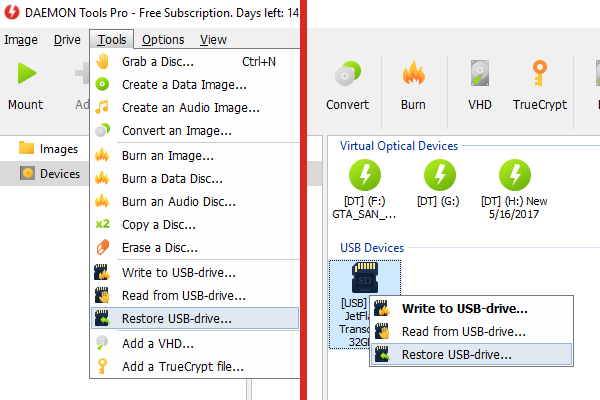

You can read it up at the official website by going here. There are other ways to remotely access a Raspberry Pi aside from SSH. Select the root directory to see the contents.īlank SSH file in the microSD root directory The readable partition is the root directory.
Install raspberry pi os windows#
If you are running on Windows OS, one of the partitions will not be readable in Windows Explorer, and the other partition will be readable. You should now have two partitions detected.

Remove and re-insert the microSD to have the new partitions detected. Add Necessary Files for a Headless SetupĪfter writing the OS image, we need to add some files in the root of the microSD card to enable SSH and automatically connect to a WiFi Router (if you will use wireless-LAN). For further reading about the headless setup, you can follow this link. A headless setup means the Raspberry Pi board is accessed remotely, and it doesn’t have a display, mouse, and keyboard connected to it. The second option is to do some additional steps for a headless setup. The first option is to connect an HDMI display, USB keyboard, and USB mouse, as described earlier. Optional Headless SetupĪfter writing the OS image to the microSD card, you now have two options. You can learn more about the Raspberry Pi CLI by reading the February 2019 issue of the MagPi magazine (the official Raspberry Pi magazine) from this link. You can shut down the Raspberry Pi via CLI by typing the command below in the terminal then press Enter. Like any other OS, the Raspberry Pi OS also needs to be shutdown gracefully to avoid corrupting files and errors.

sudo htop Shutdown the Raspberry Pi via Terminal If you want to see the performance of your Raspberry Pi, you can view the resource monitor by typing the terminal command below. sudo rebootĪfter the Raspberry Pi restarts, the processor will be running at 1750 MHz (or 1.75GHz). Reboot the Raspberry Pi by entering the following in Terminal. Save the file by CTRL+O and close by CTRL+X. 700 MHz isĪnd change to this: #uncomment to overclock the arm. Inside the file, find this part: #uncomment to overclock the arm. Open your Terminal and execute the command below. To overclock the processor, we need to edit the config.txt file. But precautions should be taken when overclocking because it can lead to crashes, data corruption, and damaged hardware. The processor of the Raspberry Pi 4 Model B can be overclocked. Overclocking is the process of running a hardware component higher (or faster) than what is the default. Sudo apt full-upgrade Overclocking via Terminal To keep your system up to date, type the two commands below and press Enter. The Raspberry Pi OS and programs are receiving updates/upgrades from time to time from their developers. sudo date " 23:59:59" Updating the OS via Terminal To set the date and time manually, type the command below and press Enter. So every time it is shutdown, the date and time are lost. The Raspberry Pi 4 Model B does not have a built-in real time clock.
Install raspberry pi os install#
There are other useful bits of software you can install if you want, like chromium-browser (which gives you a web browser), and arandr, which gives you the 'Screen Configuration' GUI, and you could even use an alternate desktop environment if you want-check out This article for more on that.Here are some useful Terminal commands. Then reboot, and you should be in the graphical environment! Then run sudo raspi-config and change the system boot option to boot to desktop, instead of the CLI. To do that (assuming you're running the latest Pi OS version, Bullseye as of this writing), just install Xorg and the Raspberry Pi 'PIXEL' environment: sudo apt install xserver-xorg raspberrypi-ui-mods
Install raspberry pi os full#
It's much smaller in size and contains most things you'd need for a 'headless' Pi setup.Īnd if you know your way around the command line, it's not daunting to plug in a monitor, keyboard, and mouse, and explore via the shell if you need to.īut every so often, I've had a Lite install that I wanted to switch to GUI, but I'm too lazy to pull the Pi out of wherever it's installed, pull the microSD card, and re-flash it with the full OS, and then re-run my automation on it to set up whatever I had running before.Īnd that's why it's nice to be able to just install the GUI on top of an existing Lite install! That version doesn't come with a GUI, it just boots to the console. Almost every time I set up a Raspberry Pi these days, I use the 'Lite' version of Raspberry Pi OS.


 0 kommentar(er)
0 kommentar(er)
